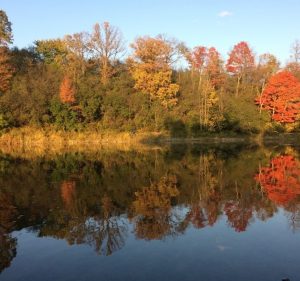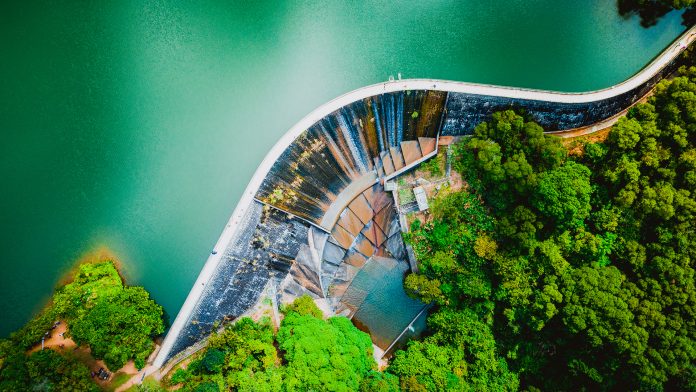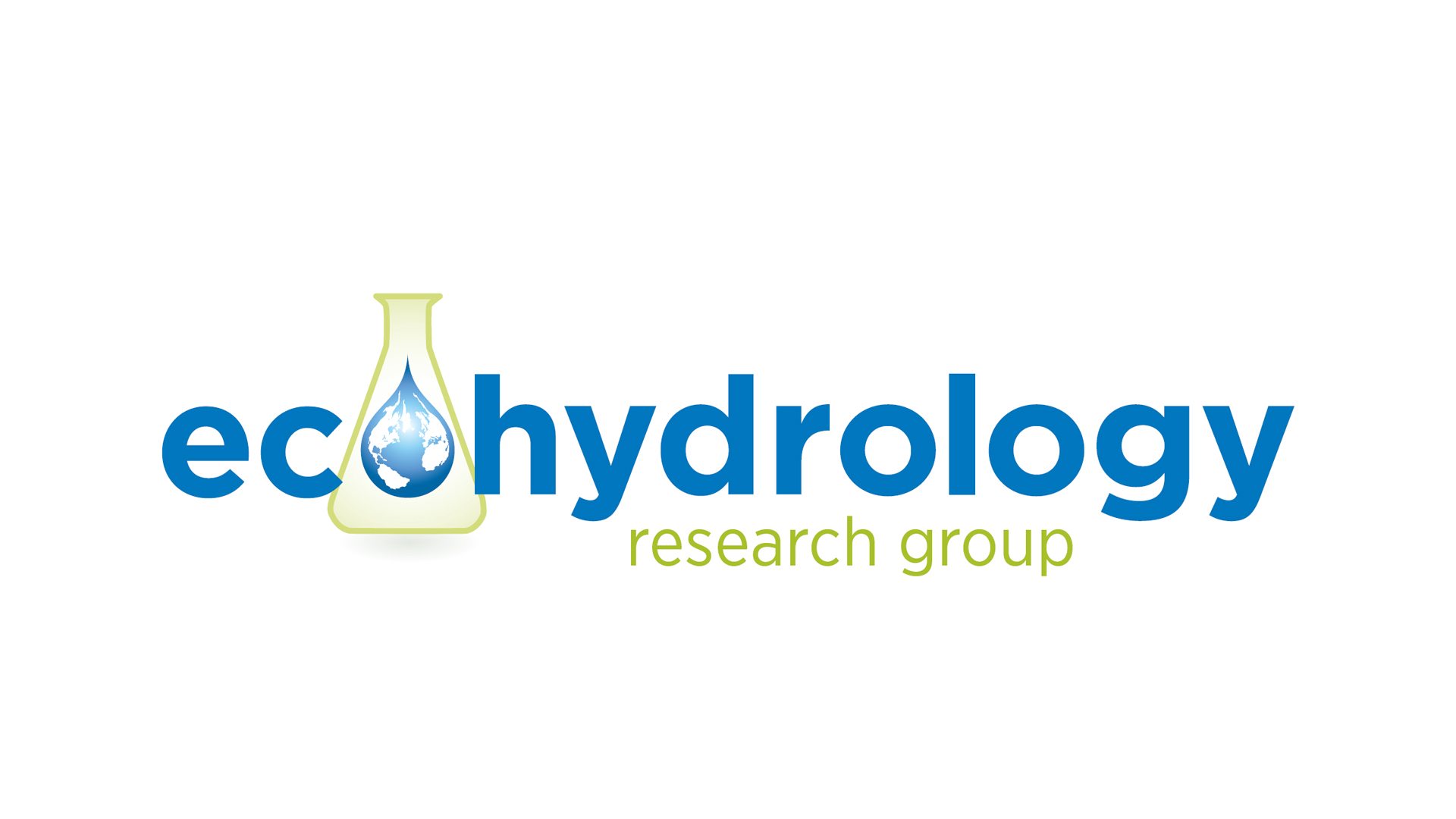The University of Waterloo’s Ecohydrology Research Group and Water Resources Economics Research Group detail how vital it is to optimise our aquatic ecosystem services, ensuring a sustainable and healthy future for our planet’s natural environment.

Aquatic systems provide various ecosystem services, often free of charge, that benefits human well-being. These include provisioning services such as drinking water supply and fish for human consumption; regulating services such as water purification and flood protection; and cultural services such as recreational opportunities or simply the contribution of water to beautiful landscapes that people enjoy (Fig. 1).
Yet, the sustainable supply and delivery of these valuable ecosystem services depend crucially on how we interact with and use our water resources and maintain their integrity and ecosystem health, both in terms of quantity and quality. Several key drivers have been identified as adding pressure on aquatic ecosystems, including climate change, urbanisation, and excessive nutrient flows from both point sources like industry or municipal sewage treatment plants, as well as agricultural non-point sources. Often, a mix of drivers can be identified, for instance, the impact of climate change on increasing extreme events like heavy rainfall and the influence this has on nutrient and other pollution runoff into water bodies.
Why is it essential to account for aquatic ecosystem services?
The effective conservation and sustainable management of water resources and their services are one of the critical pillars in most water-related environmental policies in Canada and elsewhere. The biophysical quantification and societal valuation of aquatic ecosystem services aim to provide a comprehensive and more complete overview of their benefits, raise awareness about their role in social value creation in policy and decision-making, and highlight the need to protect and restore the natural capital supplying these ecosystem services.
This requires a systematic approach and integrative framework that measures the functioning of ecosystems and translates these functions into a set of ecosystem services that, directly or indirectly, can benefit human well-being (see Fig. 2). The value of the ecosystem services to society can then be quantified by relying on economic valuation methods. The latter can be based, for example, on estimating the costs visitors incur travelling to lakes and rivers for recreation purposes like angling, boating, bathing, or pick-nicking or on surveys and opinion polls to determine the public’s willingness to pay to preserve water quality or pristine aquatic ecosystems near their home, not just for their own use, but for the sake of future generations or making sure wildlife habitat is protected. These values typically depend on the target group (who benefits) and where the ecosystem service is provided and used. For example, recreational lakes further away may be more costly to visit and hence visitation rates may go down with distance, while place attachment has been shown to increase the value residents attach to the sustainable management of natural resources like lakes and rivers in their close surroundings.

An integrated framework like the one presented in Fig. 2 requires the coupling of data and expertise from different fields (e.g. hydrology, ecology and economics) into a common ecosystem services approach2,3. This is one of the main collaborative cross-cutting goals undertaken by researchers in the Ecohydrology Research Group and Water Resource Economics Research Group: How do we link the biophysical modelling of changes in aquatic ecosystem services provision to their economic valuation using social sciences approaches? How this is done in practice, going from the left-hand side of Fig. 2 to the right-hand side, is illustrated in the following sections.
Environmental impact assessment
First of all, an accurate spatial environmental assessment of the processes underlying the provision of ecosystem services is needed to allow for cost-effective targeting of policies and interventions4 and identifying possible synergies or trade-offs among ecosystem services5. A cornerstone of this work is the assessment of the relevant baseline conditions of water resources to be able to assess the incremental impact of policies like conservation measures or beneficial management practices (BMP’s) on the provision level and quality of aquatic ecosystem services.
In the latter case, a key question is often not just which measures to implement but also where. This can be illustrated based on the work in the Grand River watershed in collaboration with the Grand River Conservation Authority where, in an effort to control phosphorous loads into Lake Erie causing recurring eutrophication events, the Soil and Water Assessment Tool (SWAT) was calibrated and validated using three decades of monitoring data to determine the baseline water quality conditions6. Subsequently, the effects of four different BMP’s, including cover crops, more efficient fertiliser application practices, buffer strips, and wetlands restoration, on downstream river water quality were determined.
Dividing the Grand River watershed into 90 sub-basins, the most cost-effective combinations of BMP’s in reducing phosphorous flows into Lake Erie differed significantly across sub-basins, depending on the relevant spatial implementation scenario. For instance, by targeting the watershed’s critical source areas only, from where 50% or more of the phosphorous loads originate or implementing phosphorous reduction scenarios uniformly across the entire watershed.
Estimating the demand for ecosystem services
In a second step, the impact of water quality improvements due to the implementation of BMP’s on ecosystem services provision and demand was estimated. Here the focus is especially on how water quality changes influence the various recreational activities undertaken in the watershed. To this end, geotagged photos uploaded on social media websites were used to gain a better understanding of the spatial distribution of these specific cultural ecosystem services across the watershed and link this to changing water quality conditions, for example, by restoring nearby wetlands. This spatial data was included in the InVEST recreation model7.
Linking these spatially distributed photos (so-called ‘photo user days’) to key watershed characteristics, including the presence of lakes or wetlands, the proximity to urban areas, the presence of recreational facilities like trails or beach areas, and water quality conditions, allows us to assess future water recreation demand in the watershed. This regression analysis gives a better understanding of recreational visitors’ preferences for key watershed characteristics and how water quality conditions affect the demand for recreational activities. Watershed areas with higher water quality conditions overlap with areas of higher recreational use intensity.
Economic valuation of ecosystem services
Finally, once the link between water quality changes and their impact on recreational water demand (visitation rate) is established, the remaining question is to understand how people value the changes in water quality conditions in economic terms. Linking the biophysical changes in water quality to changes in the provision level of different ecosystem services (water uses) and their values is not always straightforward3,8. Aquatic ecosystem services are, in many cases, public environmental goods that are not traded like ordinary goods and services in economic markets. Hence also no market prices are available to value them.
Their value is therefore typically elicited using so-called non-market valuation methods that either infer their economic value from parallel markets (for example, in tourism and recreation through travel behaviour and travel costs) or simulate an economic market by asking the public for their hypothetical willingness to pay for the ecosystem service in question. In this case, the values found for different aquatic ecosystem services in the existing Canadian non-market valuation literature were summarised relying on the Resources for the Future’s Water Quality Ladder8. This ladder links water quality conditions to four main water uses, namely boating, fishing, swimming, and drinking. Based on existing studies, a stepwise function was estimated, showing that Canadians value water quality improvements and are willing to pay for these changes in water quality, from boatable to drinkable water qualities.
Acknowledgements
This research was carried out in the Ecohydrology Research Group and the Water Resources Economics Research Group at the University of Waterloo, with support from the Global Water Futures program funded through the Canada First Excellence Research Fund.
References
- Haines-Young, R., Potschin, M. 2010. The links between biodiversity, ecosystem services and human well-being. Chp 6 in Raffaelli, D., Frid, C.I.J. Ecosystems Ecology, a new synthesis. BES ecological reviews series. Cambridge University Press.
- de Jonge, V.N., Pinto, R., Turner, K. 2012. Integrating ecological, economic and social aspects to generate useful management information under the EU Directives’ ‘Ecosystem Approach’. Ocean and Coastal Management 68, 169 – 188 (doi:10.1016/j.ocecoaman.2012.05.017).
- Valuing Canada’s Water Resources and Aquatic Ecosystem Services
- Wunder, S., Brouwer, R., Engel, S., Ezzine-de-Blas, D., Muradian, R., Pascual, U., Pinto, R. 2018. From principles to practice in paying for nature’s services. Nature Sustainability 1(3), 145 – 150 (doi:10.1038/s41893-018-0036-x).
- Pinto, R., Antunes, P., Blumentrath, S., Brouwer, R., Clemente, P., Santos, R. 2019. Spatial modelling of biodiversity conservation priorities in Portugal’s Montado ecosystem using Marxan with Zones. Environmental Conservation 46(4), 251 – 260 (doi:10.1017/S0376892919000249).
- Brouwer, R., Pinto, R., Garcia Hernandez, J., Yang, W., Liu, Y., Ji, X., Macrae, M., Heyming, L., Anderson, M. (in preparation). Spatial economic optimisation of Best Management Practices to reduce phosphorus losses in the Grand River watershed.
- Integrated Valuation of Ecosystem Services and Trade-offs.
- Brouwer, R., Pinto, R. 2021. How much are Canadians willing to pay for clean surface and ground water? A meta-analysis of the Canadian non-market valuation literature. Canadian Water Resources Journal / Revue canadienne des ressources hydriques. In press (doi:10.1080/07011784.2021.1973568).








